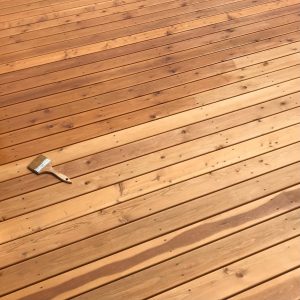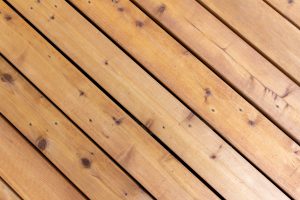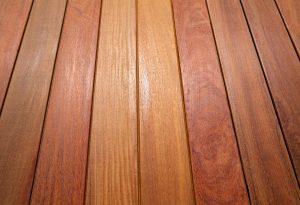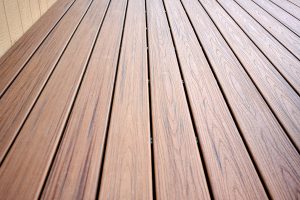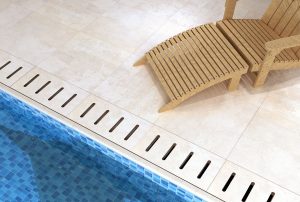Upgrade Your Outdoor Space With A Deck By Bright Habitats
Imagine yourself stepping out onto your brand-new, stunning deck. Feel the warm sun on your skin, breathe in the fresh air, and take in the beautiful scenery around you. With our innovative designs, top-quality materials, and expert craftsmanship, Bright Habitats can build you the perfect deck.
Your dream deck is unique; we’re here to bring it to life! Our talented design team will work closely with you to create a one-of-a-kind deck that reflects your style and meets your specific needs. We can build anything from cozy and intimate retreats to expansive, multi-level decks perfect for hosting memorable parties.
Let’s make your backyard the ultimate destination for relaxation and entertainment! Start your journey with Bright Habitats and discover the joy of an exceptional outdoor living space. Contact us today to schedule a free consultation, and let’s begin the exciting process of designing and building the deck of your dreams!
Get A Quote Fast For Your Decks Project
- Quick Response Time
- Reliable Quotes
- Quality Work

